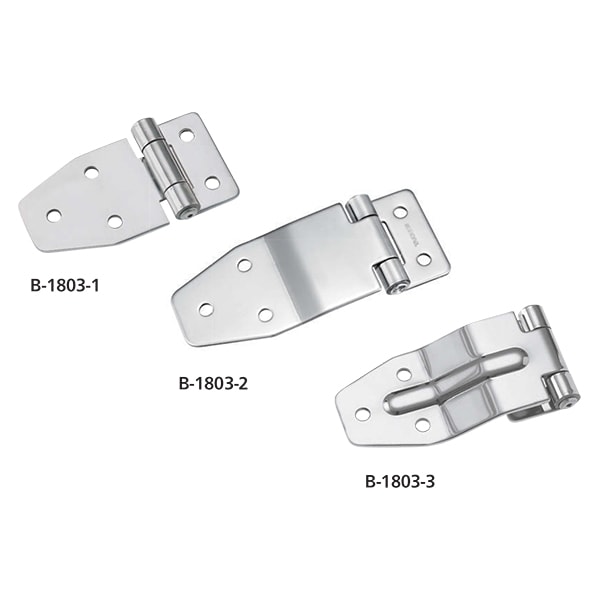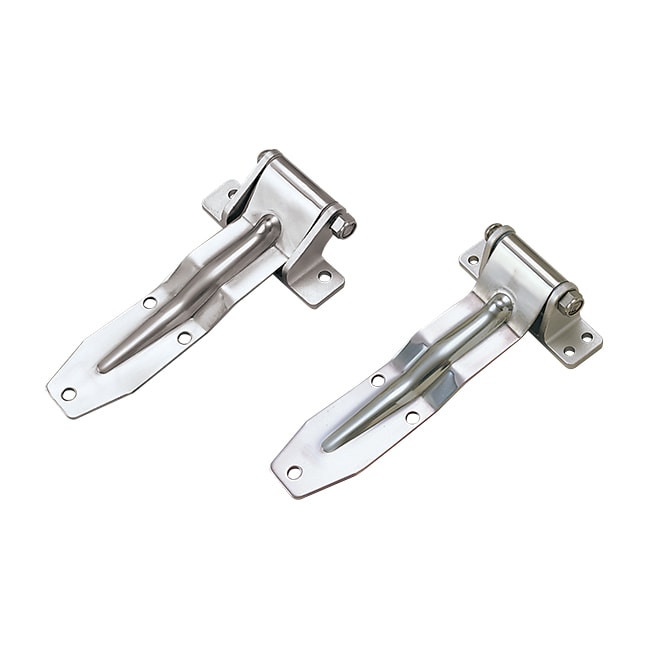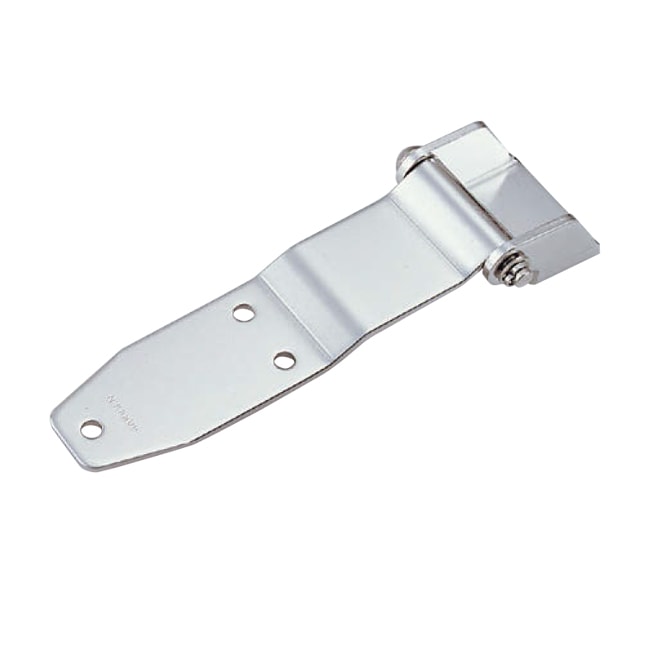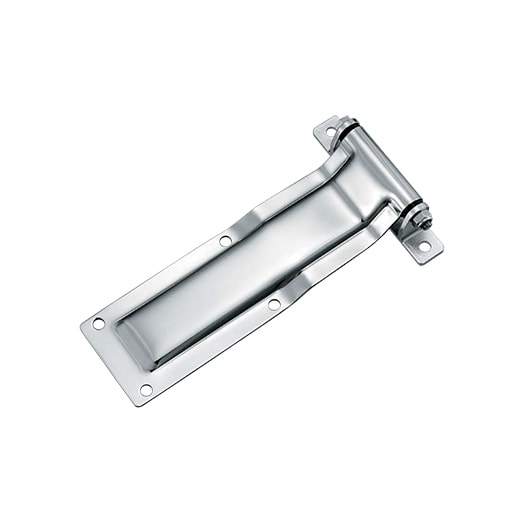In the labyrinth of the industrial sector, the significance of cargo trailer hinges often goes unnoticed, yet they play a pivotal role in the efficient functioning of cargo movements. These humble components are imperative for the seamless loading and unloading processes.
However, just like any other mechanical element, these hinges are susceptible to wear and damage, which if unattended, can disrupt operations. Detecting the early signs of hinge degradation can save both time and costs in the long run.
Understanding Cargo Trailer Hinges
Within the vast arena of cargo trailers in the industrial sector, multiple hinge varieties serve specific functionalities. Some are crafted for heavy-duty operations, while others are tailored for more nuanced tasks. But what remains consistent across these types is the need for resilience and robustness. The materials chosen for these hinges are paramount. Stainless steel, brass, and alloy-based hinges are prominent, but each comes with its own set of strengths and vulnerabilities. While some boast of unmatched durability, others may face common issues like rust or corrosion faster than their counterparts.

The Impact of Damaged or Faulty Hinges
The repercussions of malfunctioning hinges transcend minor inconveniences. A faulty hinge can jeopardize the safety of the entire cargo operation, posing risks to both personnel and goods. Moreover, the ripple effect can lead to extensive downtime, hindering delivery timelines and client commitments. Financially, the repercussions can be twofold. Immediate costs of urgent replacements can be daunting, but the more covert costs arise from delays, damaged goods, and potential compensation.
Tools and Materials Needed
A craftsman is only as good as his tools, especially when dealing with industrial equipment. A meticulous checklist ensures that every aspect of hinge replacement, from removal to installation, goes off without a hitch. While fundamental tools like wrenches, pliers, and screwdrivers are quintessential, specialized equipment might be necessary depending on the trailer’s design. Furthermore, the quest for the perfect hinge replacement is a delicate balance between quality and price. Prioritize hinges that match the original specifications to ensure compatibility and longevity.

Safety First: Preparing for the Replacement
Before diving headfirst into the process, ensuring the workspace’s safety is paramount. Donning the right safety gear, from gloves to safety goggles, can prevent unforeseen injuries. Moreover, always ensure the trailer’s electrical systems are turned off, and the vehicle is stabilized. A safe working environment isn’t just about personal safety but also about safeguarding the equipment and ensuring the process is as streamlined as possible.
Step-by-Step Guide: Removing the Old Hinges
The art of unhinging a worn-out component requires a blend of delicacy and strength. Employing the right technique ensures the trailer remains unscathed. While most hinges would yield to traditional unscrewing methods, the seasoned veterans of rust and time might need more coercive measures. Penetrating oils or rust removers can be invaluable allies in loosening rusted hinges without resorting to brute force.

Installing the New Hinges
With the old guard removed, the stage is set for the new hinges. Begin by cleaning the area, eliminating any residual rust, and ensuring a smooth surface. Proper alignment of the hinge is not just about aesthetics; it dictates the efficiency of the door’s movement. Once aligned, the securing process needs a meticulous approach. Overzealous tightening might do more harm than good. The trick lies in achieving a snug fit that ensures the hinge’s longevity without compromising its integrity.
Post-Installation Checks
Installation is only half the battle won. The true testament of a job well done lies in the post-installation checks. The hinge should move seamlessly without any discordant squeaks. Furthermore, the alignment check is crucial; even a minor misalignment can lead to sealing issues. And as with all industrial equipment, preventive maintenance can be the key to extending the hinge’s lifecycle.

Common Mistakes to Avoid
Even with the best intentions, pitfalls are aplenty. Over-tightening, often done in the hope of a more secure fit, can ironically damage the very screws intended for security. Furthermore, a one-size-fits-all approach can be disastrous. Each trailer model might have nuanced hinge requirements, and using incompatible hinges can lead to a myriad of issues. Lastly, never undermine the power of post-installation checks. Ignoring this step is akin to leaving a task half-done, paving the way for future complications.
Conclusion
The realm of cargo trailer hinges, though niche, underscores a larger narrative in the industrial sector: attention to detail. Regular inspections, timely replacements, and a commitment to quality installations are the keystones for operational efficiency. As industries evolve, so does the importance of seemingly minor components, reinforcing that, often, it’s the smallest cogs that keep the giant machine running seamlessly.
You might also be interested:




